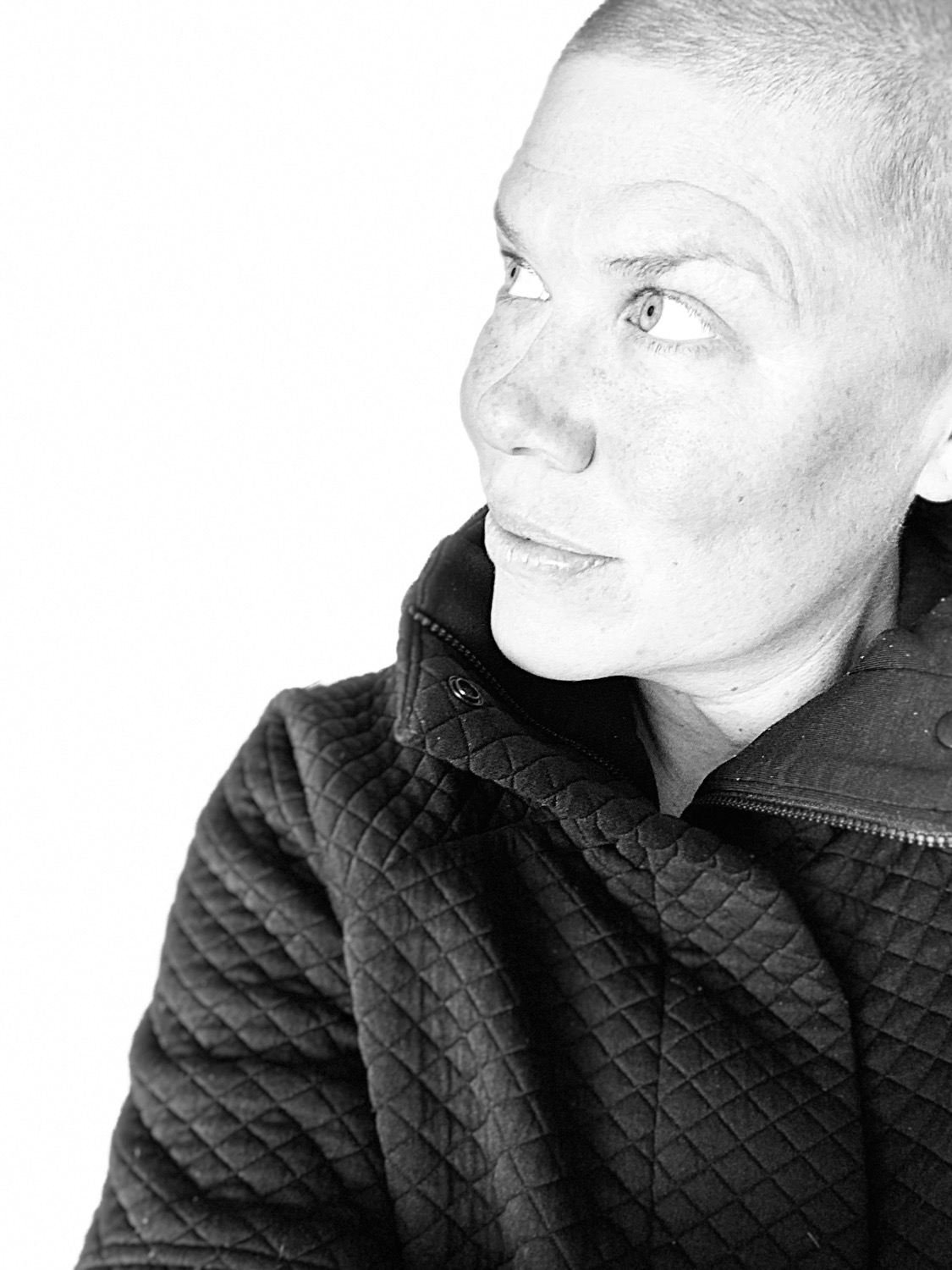THE WEEKLY MUSE - Zaha Hadid: Iraqi-British Architect
- Molly Demeulenaere

- Mar 31, 2021
- 2 min read

ZAHA HADID
“You have to be very focused and work very hard, but it is not about working hard without knowing what your aim is!”
Zaha Hadid trod her path to a career in architect in the early 1970s. As a determined student who challenged her tutors and as an uncompromising professional who rewrote the rules of building design, she transcended the traditions and restriction of a male dominated industry to become one of the most lauded architects of the century.
Hadid was born in Baghdad, Iraq in late 1950 into a modern, forward-thinking family. Her mother was an artist, her father an advocated for secularism and co-founder of Iraq’s National Democratic Party. Hadid attended schools in England and Switzerland before studying mathematics at the American University of Beirut, then the Architectural Association School of Architecture in London.
Elia Zenghelis—teaching at the Association—described her as the most outstanding pupil he ever taught. ”We called her the inventor of the 89 degrees. Nothing was ever at 90 degrees. She had spectacular vision.” Hadid explained her vision simply through geometry. “In the beginning there was the diagonal. The diagonal comes from the idea of the explosion which ‘re-forms’ the space. This was an important discovery."
In 1980 she established Zaha Hadid Architects and from the beginning sought to establish an approach to design that separated her from the architectural norms. Unwilling to be constrained by the limitations of computers, she used painting and model making as design tools. And—influenced by the Suprematist movement and the Russian avant-garde—she used abstraction as a principle of design investigation.
This persistent search to innovate came a cost in her early days, when she became know as ‘the paper architect’ – too avant-garde to move beyond the idea on the page; too difficult or complex to actually build.
Her determination bore fruit, however, and from the 1990s her architectural practice thrived. Over the next decades she designed buildings in major cities all over the world, including London, Hong Kong, Milan, Miami, New York City, Riyadh, and Beirut. In 2004, Hadid became the first woman to receive the Pritzker Architecture Prize.
"Her soaring structures left a mark on skylines and imaginations and in the process re-shaped architecture for the modern age."—New York Times
Hadid died in March 2016, in Miami, aged 65, having designed 950 projects in 44 countries to date. Her company continues to work in the style and ethos she developed.







Comments